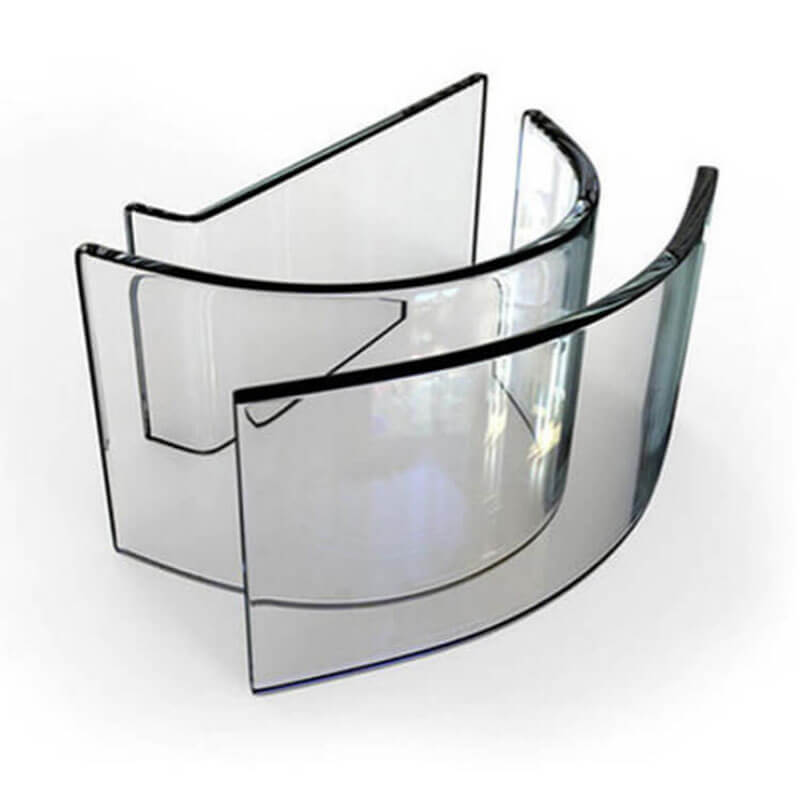What Is Electroplating AF Glass?
With rapid advancements in technology, industries increasingly demand glass surfaces with multifunctional properties—offering not only high optical clarity but also resistance to fogging, fingerprints, and scratches. Electroplating AF glass addresses these challenges by combining electroplating technology with anti-fingerprint (AF) coating. This innovative approach creates a durable, high-performance glass surface, widely used in electronics, automotive, optics, and medical devices.
This technology draws inspiration from the lotus leaf effect. Nano-scale fluorosilicon resin materials form an ultra-thin hydrophobic and oleophobic coating, reducing surface energy and preventing water droplet adhesion, oil buildup, and fingerprint marks. The result is a glass surface that remains clean and clear even in harsh environments.
This type of glass is particularly well-suited to devices that must perform in humid, high-contact, or frequently cleaned environments, such as smart displays in public spaces, medical imaging equipment, and automotive interfaces.
1. Advantages of Electroplating AF Coating Glass
1.1 Anti-Fog Performance
The nano-engineered AF layer prevents condensation, maintaining clarity even under high humidity or rapid temperature fluctuations. This property is essential for automotive mirrors, medical instruments, and optical devices. In humid climates or refrigerated spaces—such as hospitals, vehicle interiors, or retail freezer displays—anti-fog performance ensures uninterrupted visual access and operational safety.
1.2 Fingerprint and Stain Resistance
The oleophobic coating significantly reduces oil and fingerprint adherence. Surfaces stay cleaner for longer and are easy to maintain, cutting cleaning time and costs in both consumer and industrial applications.This makes electroplating AF glass ideal for public interactive kiosks, digital signage, and touchscreen terminals that are accessed by hundreds of users daily.
1.3 Superior Optical Performance
Electroplated AF glass maintains high light transmittance, ensuring accurate color rendering and sharp imaging. This is crucial for high-resolution displays and optical instruments where even slight light distortion is unacceptable.Compared to conventional coatings, this high transmittance preserves true color fidelity and image sharpness, a key requirement in high-end consumer electronics and precision imaging systems.
1.4 Enhanced Scratch Resistance
The combination of electroplating and AF coating provides superior surface hardness, making the glass resistant to everyday scratches. This durability extends product lifespan, especially in high-touch environments like smart devices and car dashboards.Testing shows that AF glass with electroplated surfaces can withstand thousands of finger swipes or cleanings without degradation, making it ideal for long-term, rugged applications.
2. Key Manufacturing Process of Electroplating AF Glass
2.1 Surface Preparation and Cleaning
The process begins with precision cleaning using weak alkaline solutions and ultrasonic technology, eliminating contaminants to ensure excellent adhesion for subsequent coatings.Clean-room environments are typically used at this stage to avoid particle contamination, which can impact coating uniformity.
2.2 Electroplating AF Coating Application
Electroplating/ion deposition of fluorine compounds is performed in a vacuum chamber by Magnetron Sputtering or Ion-Assisted Deposition., forming a robust nano-scale layer that delivers anti-fog and anti-fingerprint benefits.Electroplating offers precise thickness control, often in the range of nanometers, ensuring consistent performance across mass-produced panels.
2.3 Curing and Hardening
Finally, the coated glass undergoes thermal or UV curing, which stabilizes the coating structure, enhances chemical resistance, and prevents peeling under environmental stress.For applications that require extreme reliability, such as aerospace or medical endoscopy, dual-step curing processes may be applied to maximize durability.
3. Applications of Electroplating AF Glass
3.1 Consumer Electronics
From smartphones to tablets, AF-coated glass ensures smudge-free displays and reduces fogging caused by sudden temperature changes, enhancing the user experience. It is particularly popular in foldable phones and smartwatches, where visibility and surface feel directly affect user satisfaction.
3.2 Optical Instruments
Lenses, microscopes, and camera optics achieve improved imaging stability and clarity, even in humid or extreme conditions, making this technology indispensable for scientific and professional-grade optics.
3.3 Automotive Industry
Applied to rearview mirrors, windshields, and in-car displays, this technology improves safety by maintaining visibility, reducing glare, and eliminating fogging—critical in all-weather conditions.More advanced ADAS (Advanced Driver Assistance Systems) now also use AF-coated sensor covers to ensure clear, fog-free performance.
3.4 Medical Equipment
Gastroscopes, surgical cameras, and diagnostic instruments rely on AF-coated glass for fog-free imaging and hygienic performance during delicate procedures.Coating durability is essential in this field, where repeated sterilization cycles would typically degrade untreated glass.
3.5 Specialized Applications
Electroplating AF glass is also widely used in underwater photography, AR/VR lenses, and industrial control panels, where clarity and durability are vital.In AR/VR environments, anti-fog and fingerprint resistance directly improve immersion and comfort for the user.
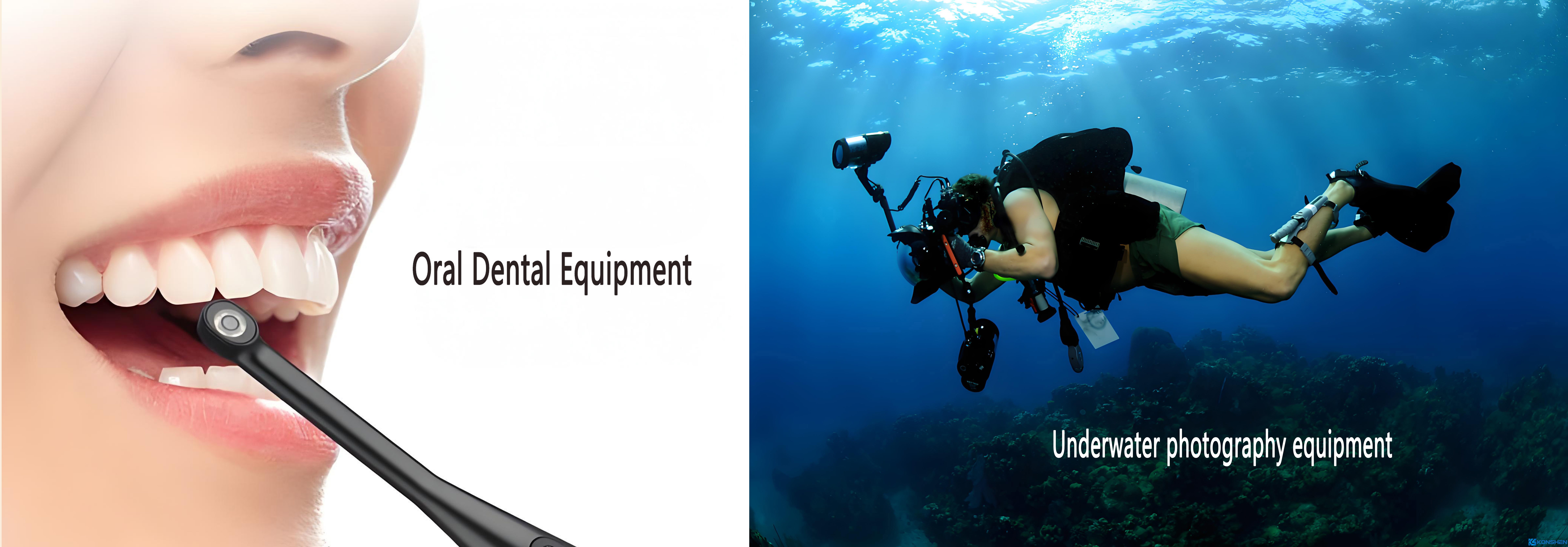
4. Electroplating AF VS. Sprayed AF Coatings: Key Differences
Both electroplating AF and sprayed AF coatings aim to enhance glass surfaces with anti-fog, anti-fingerprint, and stain-resistant properties. However, the two methods differ significantly in terms of process, performance, and cost:
4.1 Coating Thickness and Uniformity
Electroplating AF produces a denser and more uniform layer compared to spraying, resulting in higher durability and superior optical clarity. Sprayed AF coatings, while easier to apply, can lead to uneven surfaces over time, impacting visual performance.
4.2 Adhesion Strength
Electroplated coatings bond more strongly with the glass substrate due to the controlled vacuum deposition process, reducing the risk of peeling or wear. Sprayed AF layers are more prone to degradation, especially under harsh environmental conditions.Electroplated coatings can last up to 5× longer in abrasion tests compared to sprayed equivalents, making them a better fit for mission-critical applications.
4.3 Surface Hardness and Durability
Electroplating enhances hardness, making the glass more resistant to scratches and abrasion. Sprayed coatings offer basic protection but cannot match the long-term resilience of electroplating AF.
4.4 Cost and Application Scenarios
Sprayed AF coating is cost-effective for large-scale consumer products where moderate durability is acceptable. Electroplating AF, though slightly higher in cost, is preferred for high-end applications in automotive, optics, and medical devices that require maximum performance and longevity.For example, budget tablets may use sprayed coatings to reduce costs, while premium smartphones rely on electroplated AF for superior performance.
Conclusion
Electroplating AF glass combines the benefits of anti-fogging, anti-fingerprint, and enhanced scratch resistance in one advanced solution. Compared to sprayed AF coatings, it offers superior durability, optical integrity, and long-term reliability—qualities that make it the material of choice for demanding sectors like electronics, automotive, optics, and medical industries.
By adopting electroplating AF technology, manufacturers can achieve premium-quality glass surfaces that enhance user experience, improve safety, and reduce maintenance costs.
For more details or to explore tailored solutions, contact KS Glass today—our team specializes in delivering innovative glass technologies to meet your specific needs.
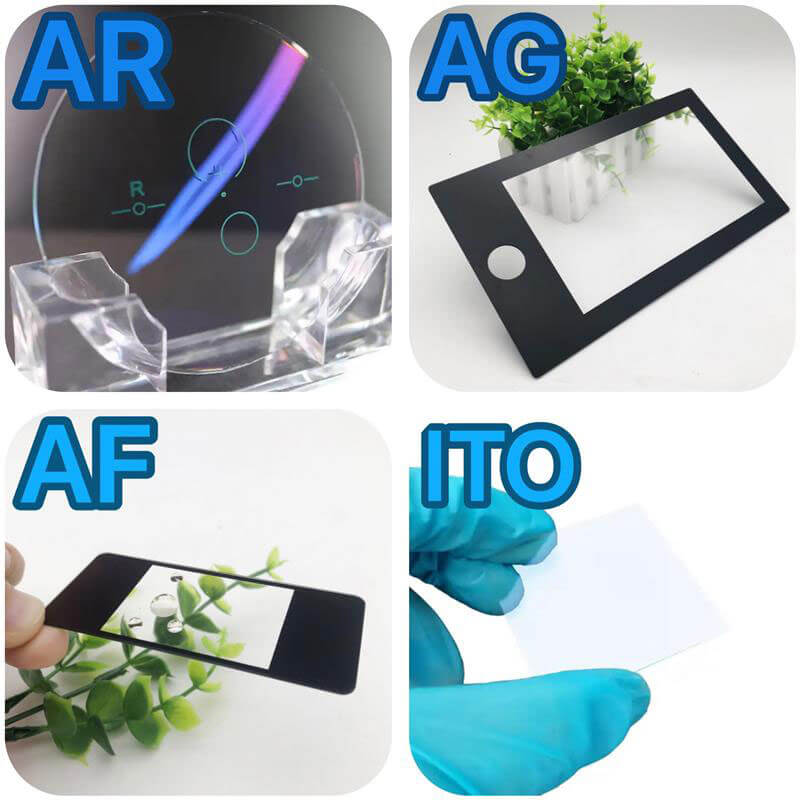 Coated GlassElevate your projects with advanced coated glass solutions from KS Glass.
Coated GlassElevate your projects with advanced coated glass solutions from KS Glass.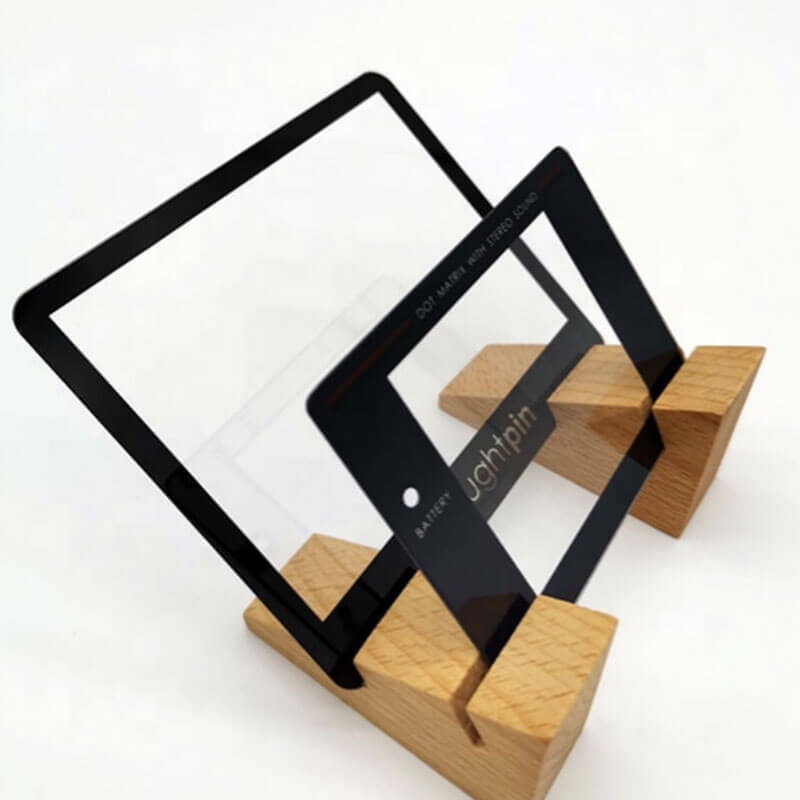 Cover GlassUpgrade your devices with our cover glass.
Cover GlassUpgrade your devices with our cover glass.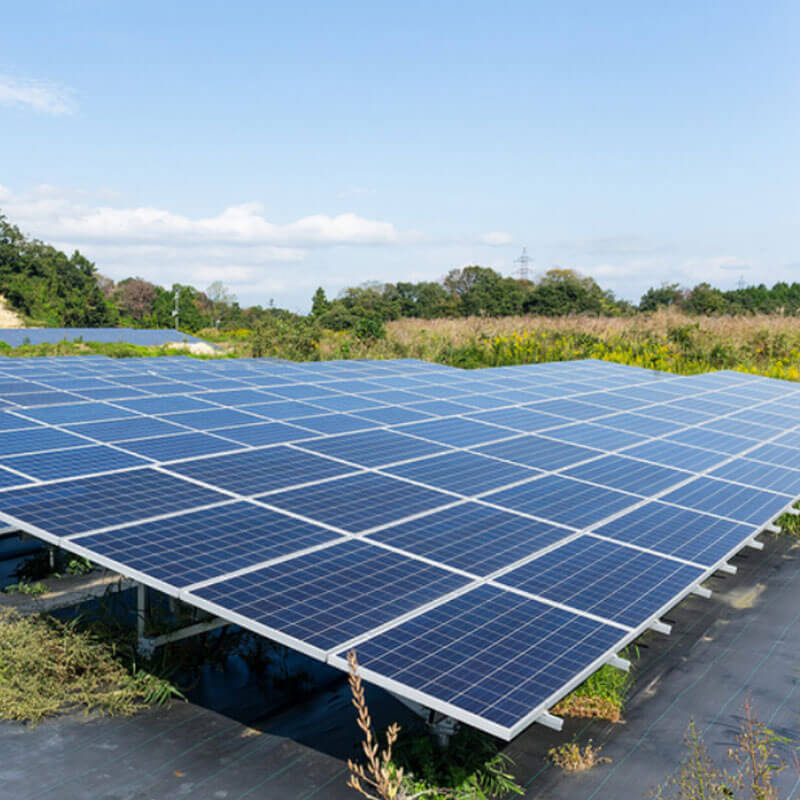 Solar Panel GlassUpgrade your devices with our cover glass.
Solar Panel GlassUpgrade your devices with our cover glass.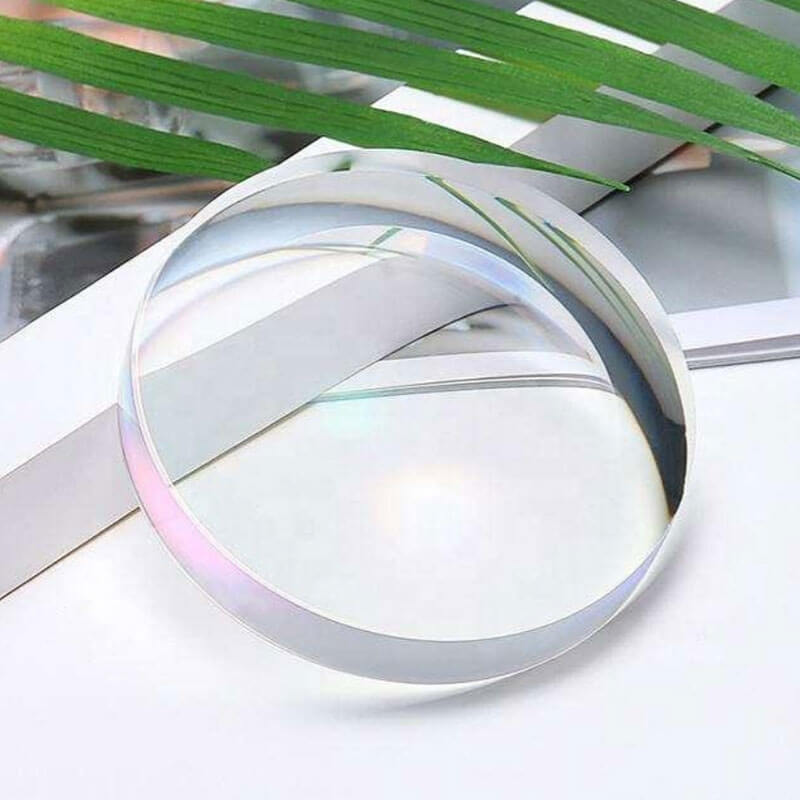 Glass MaterialDiscover the endless possibilities of working with large glass material.
Glass MaterialDiscover the endless possibilities of working with large glass material.
